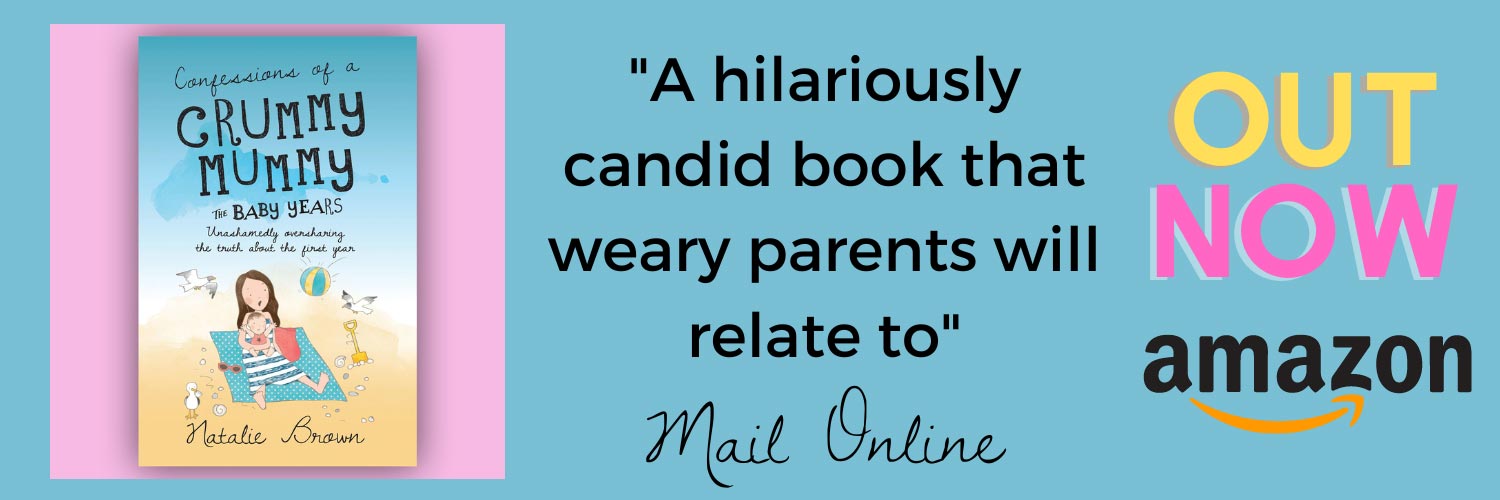Had a bright idea for a new baby gadget or parenting product?
Want to know how to go about getting funding to patent your bright idea? Then this collaborative post is for you!

When it comes to funding a patent there’s a lot of misinformation floating about the web on patent financing and the best way to get an invention patented.
This post may contain affiliate links. This means if you buy something after clicking on a link, I’ll earn a few pennies to help me keep creating posts like this!
There are numerous options open to mum (and dad!) preneurs depending on your specific circumstances, so, if you’re researching your options here are five ways to fund patenting costs for your bright idea.
5 ways to fund patenting costs for your bright idea
1. Consider self-funding
Self-funding means financing your patent using money you have already received to start your business. It’s important to have an understanding of self-funding as a method for financing your patent because there are consequences of using this method.
For example, you will have less money to put into your business by directly using funds from this pot for your patent. The next consequence is that you cannot use this funding for anything else if things do not work out as planned with your patent. You will be solely responsible for the payment of this loan. The third consequence of self-funding is that you will have to repay this loan with interest. If you cannot pay the loan back, then your patent may go into default or not be approved.
2. Look for an external investor
Another method of financing your business besides self-funding would be an external investor who invests in your business and expects a return on the money they put in for your business (think Dragon’s Den!) The return may be a share of ownership or a percentage that they earn from the company such as venture capital returns by stage. In addition to this, external investors will usually look at their expected return as worth the risk they are taking with you and your business.

3. Seek funding
Seek funding is a way of financing your patent, where you provide money in return for an interest in your invention. Seek funding can be described as a contract between the inventor and the investor that provides the inventor with some form of reward proportional to their investment.
In return for providing money, or sometimes services or information to the owner, investors may have a right to take over the patent after a given period, known as a put option. As a result, this is a way for many inventors to finance their patents, and numerous companies have been founded this way. Seek funding can be seen as a way to build your invention from the initial concept stage to patenting and prototyping.
4. Borrow funds
There’s no getting away from it: the patent process is an expensive one. While there are several different types of financing, the most common option used to fund a patent comes in the form of borrowed funds.
Often an investor will borrow money from family and friends because they know them best and understand that investing in their success can be just as rewarding for them as it would be for the inventor. The key to borrowing funds is coming up with a business plan explaining how you will pay back your loan.
If you can’t convince them that your invention will take off, they probably won’t lend you any money, regardless of how good your idea might be. This becomes even more challenging if your invention remains unproven and you need to borrow large sums of money.
If you’re unable to obtain a loan from the bank, another option is using equity financing or getting a loan with no credit check from a reputable online lender like Little Loans. While this avenue can be much more expensive, it would allow you to finance your patent costs because each time someone buys one of your products, they purchase a share of your company.
You can use that revenue to pay off your investors or continue reinvesting it into your company’s growth. The downside is you’ll need to be willing to give up a percentage of ownership in your company. However, considering how much money you’re likely to need to raise for a patent, giving up part ownership might not seem like such a bad deal.

5. Sell part-equity or ownership of rights
Patents are intellectual property that can be licensed to others or sold outright. While selling equity in a patent application is not the most common form of financing, it’s an alternative for start-ups and individuals who cannot afford the expense of patent protection. It also benefits inventors who may lack the business acumen to manage new markets made available by a patent. Selling partial-equity in a patent may be an option for those who find risk distasteful or if the market size for the product is small enough not to justify the complete investment of capital by one person or company.
The first step is to assess whether patent protection is even necessary for your idea. In some cases, you may have a product that does not require a new design but instead just the marketing muscle to get it into production or distribution. In this case, discussing contract manufacturing options with future customers may be enough to secure initial revenue and establish market viability.
The next step is to assess whether you want to sell full-equity or just partial. The difference is that a percentage of future revenue will be included as part of the sale with full equity. In contrast, only an assignment of rights and possibly licensing fees will be exchanged for partial interest.
When selling part-equity, you will be selling a percentage of future revenue or profits related to your patented technology. The amount you sell should be contingent on recouping all costs incurred by patent protection and initial market development. This could include hiring a professional to file the patent application, travel expenses for attending industry conferences to promote your product, and prototype development if necessary. In some cases, you may decide to hire a licensing agent or broker that can sell your patent for a percentage of revenue, which is frequently the case with big-brand products that have already been developed and patented.
This is a collaborative post.

























Leave A Comment